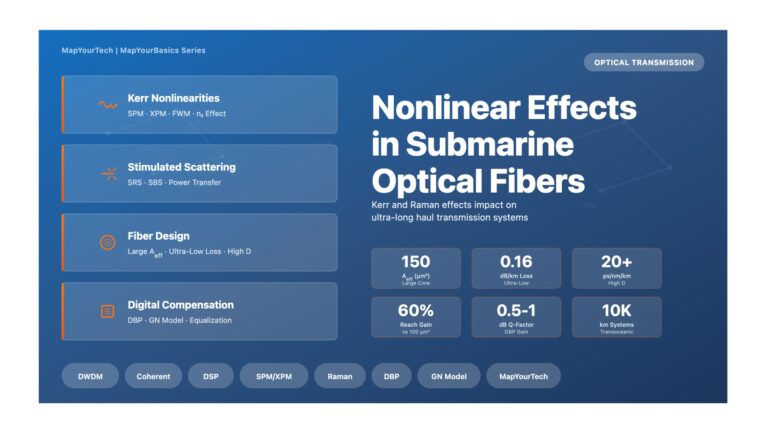Channel spacing, the distance between adjacent channels in a WDM system, greatly impacts the overall capacity and efficiency of optical networks. A fundamental rule of thumb is to ensure that the channel spacing is at least four times the bit rate. This principle helps in mitigating interchannel crosstalk, a significant factor that can compromise the integrity of the transmitted signal.
For example, in a WDM system operating at a bit rate of 10 Gbps, the ideal channel spacing should be no less than 40 GHz. This spacing helps in reducing the interference between adjacent channels, thus enhancing the system’s performance.
The Q factor, a measure of the quality of the optical signal, is directly influenced by the chosen channel spacing. It is evaluated at various stages of the transmission, notably at the output of both the multiplexer and the demultiplexer. In a practical scenario, consider a 16-channel DWDM system, where the Q factor is assessed over a transmission distance, taking into account a residual dispersion akin to 10km of Standard Single-Mode Fiber (SSMF). This evaluation is crucial in determining the system’s effectiveness in maintaining signal integrity over long distances.
Studies have shown that when the channel spacing is narrowed to 20–30 GHz, there is a significant drop in the Q factor at the demultiplexer’s output. This reduction indicates a higher level of signal degradation due to closer channel spacing. However, when the spacing is expanded to 40 GHz, the decline in the Q factor is considerably less pronounced. This observation underscores the resilience of certain modulation formats, like the Vestigial Sideband (VSB), against the effects of chromatic dispersion.
Unlock Premium Content
Join over 400K+ optical network professionals worldwide. Access premium courses, advanced engineering tools, and exclusive industry insights.
Already have an account? Log in here




